It’s fast (f/1.7), it’s compact (183g, 39mm long) and, after its launch in 1985, photography would never be quite the same again. The Minolta AF 50mm f/1.7 was the lens supplied with the Minolta 7000, the world’s first autofocus SLR with interchangeable lenses.
It stayed in production for a full 21 years, and today this groundbreaking lens is widely available at around £30. The front element is noticeably recessed quite far into the lens body, which may protect it a little from stray light. It focuses down to 0.45m (18”). The manual focus ring is narrow, but works perfectly well the odd time you need it. Matching it with a late model, lightly-used, polycarbonate Minolta SLR body makes for a very portable, reliable and capable set up.
Having tried a couple of black and white films at their native ISO 400 in indoor environments, and sometimes been compelled either to use apertures that delivered very shallow depth of field, or slower-than-ideal shutter speeds, I’d realised ISO 400 film, used as such, wasn’t quite fast enough for general indoor use. ISO 1600 looked to be the ideal notional film speed, and, on researching online which pushable films might work best, I found that, courtesy of Aly’s Vintage Camera Alley, a range of monochrome emulsions had been helpfully evaluated for just this purpose. The sample shots here: Ilford Delta 3200 at EI 1600 (particularly the one that shows detail preserved in the black cat’s fur – great test!) persuaded me that Ilford Delta 3200 (ISO 1000), exposed and developed at EI 1600, was worth a try.
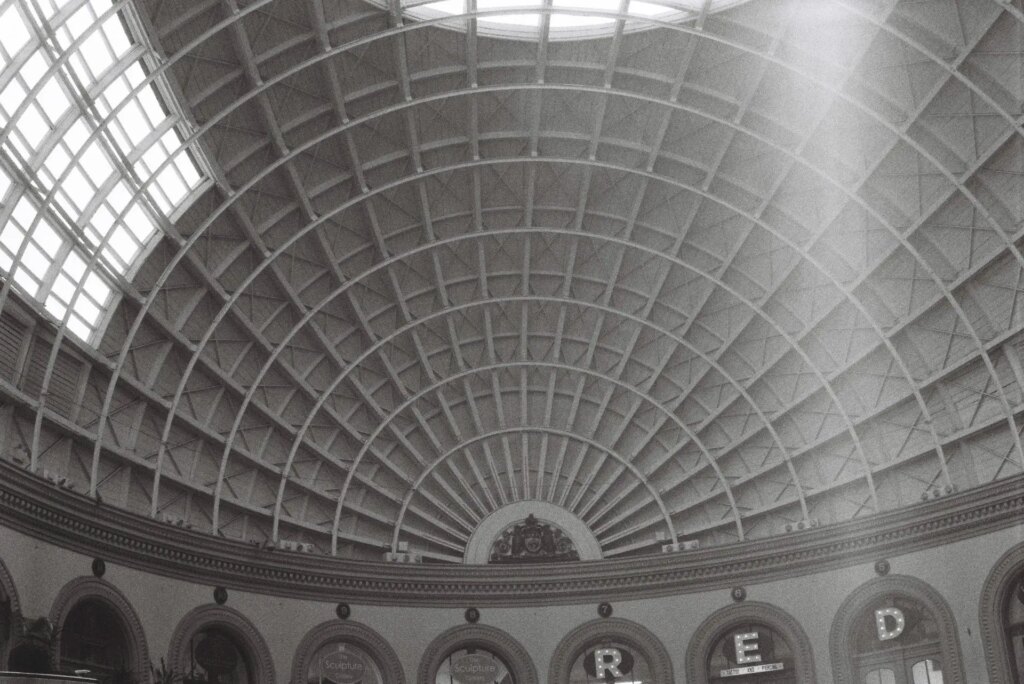
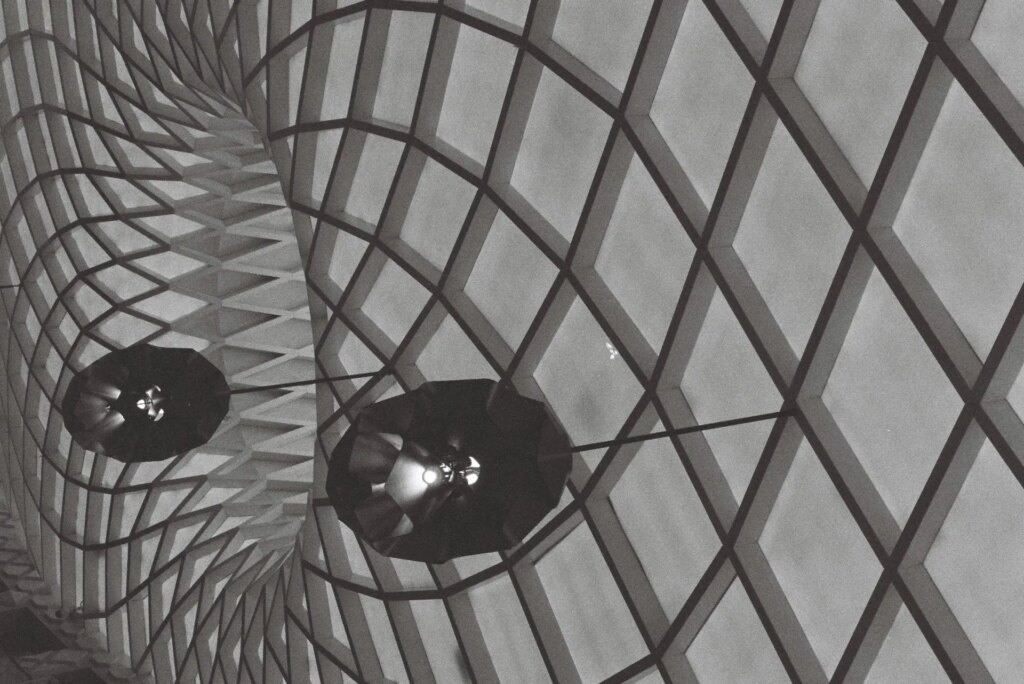
The five frames were taken in Leeds and London. Leeds, in my spiritual home of West Yorkshire, is a thriving university city whose architectural melting pot includes fine examples of Victorian civic grandeur such as the Grade 1 listed Corn Exchange (modelled on the Bourse de Commerce, Paris). In London, the British Museum was the ideal spot to discover how the pushed film would cope with interior lighting. The camera was a Minolta Dynax 500si Super, a fully-featured autofocus model that allows a film’s DX coded ISO value to be overridden, and whose shutter speed range of up to 1/2000 sec was sufficient to handle bright outdoor conditions at EI 1600.
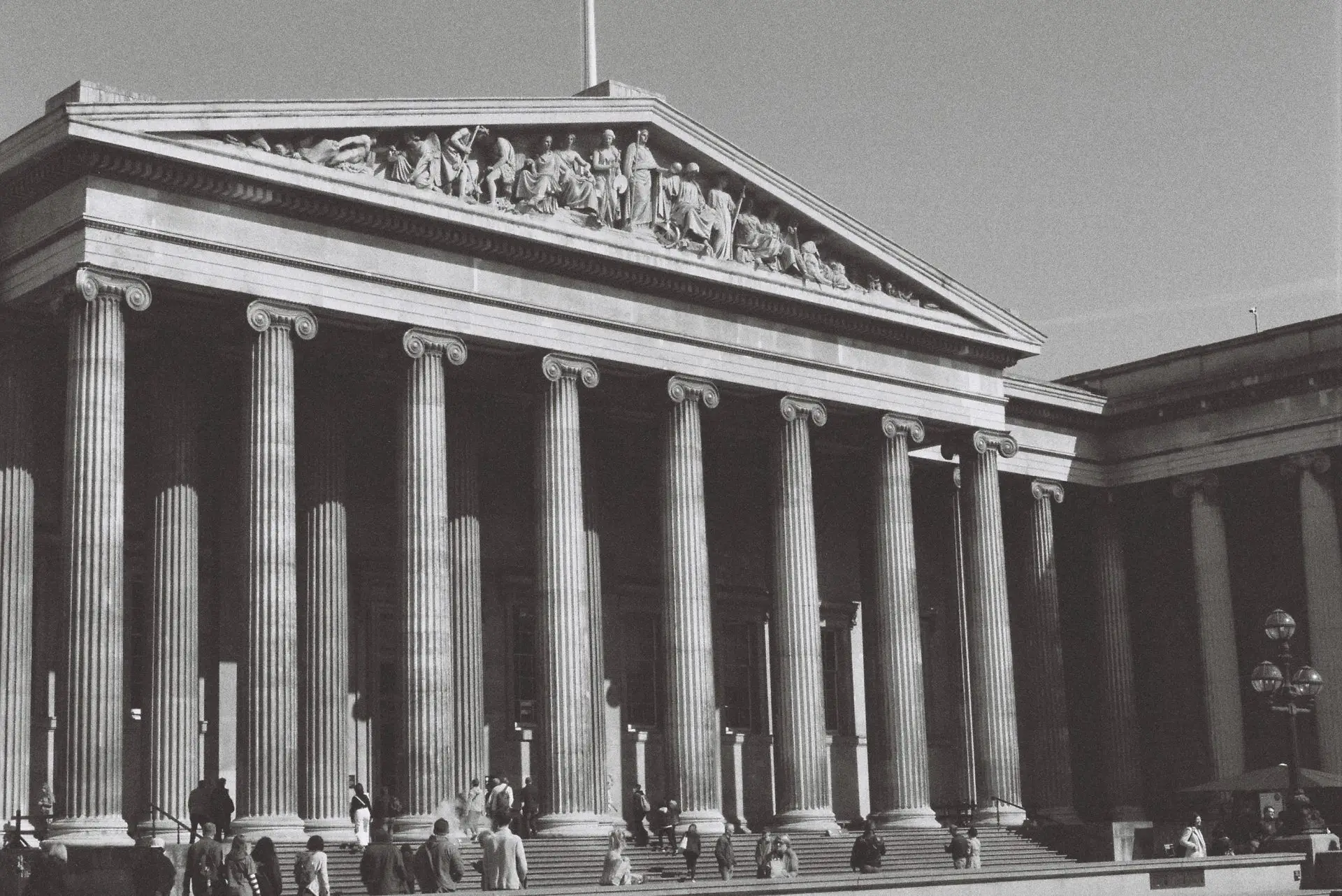
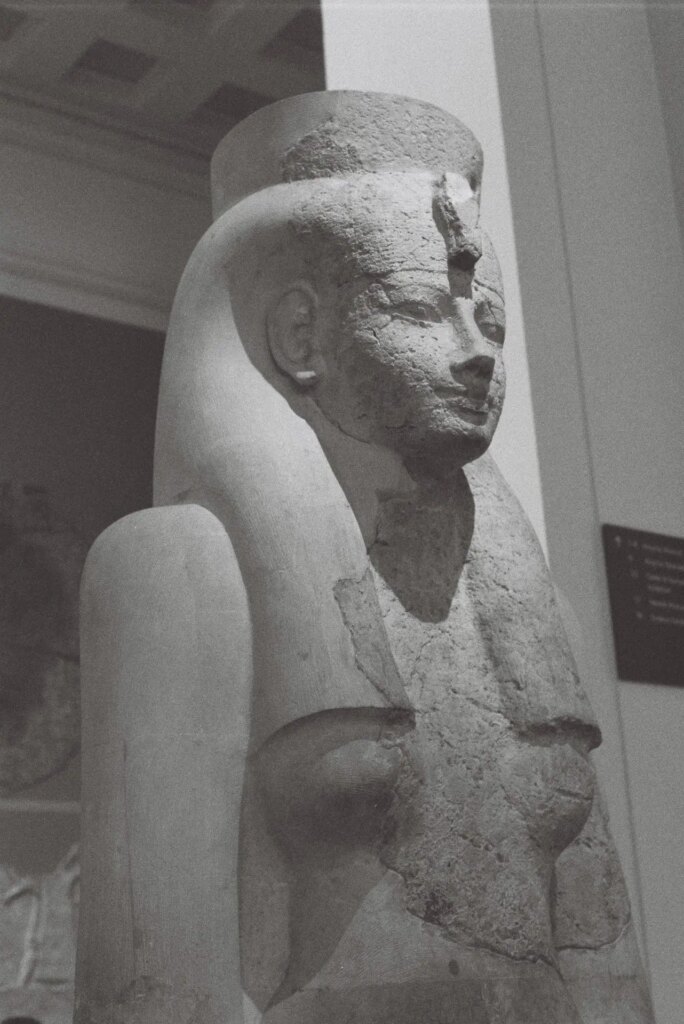
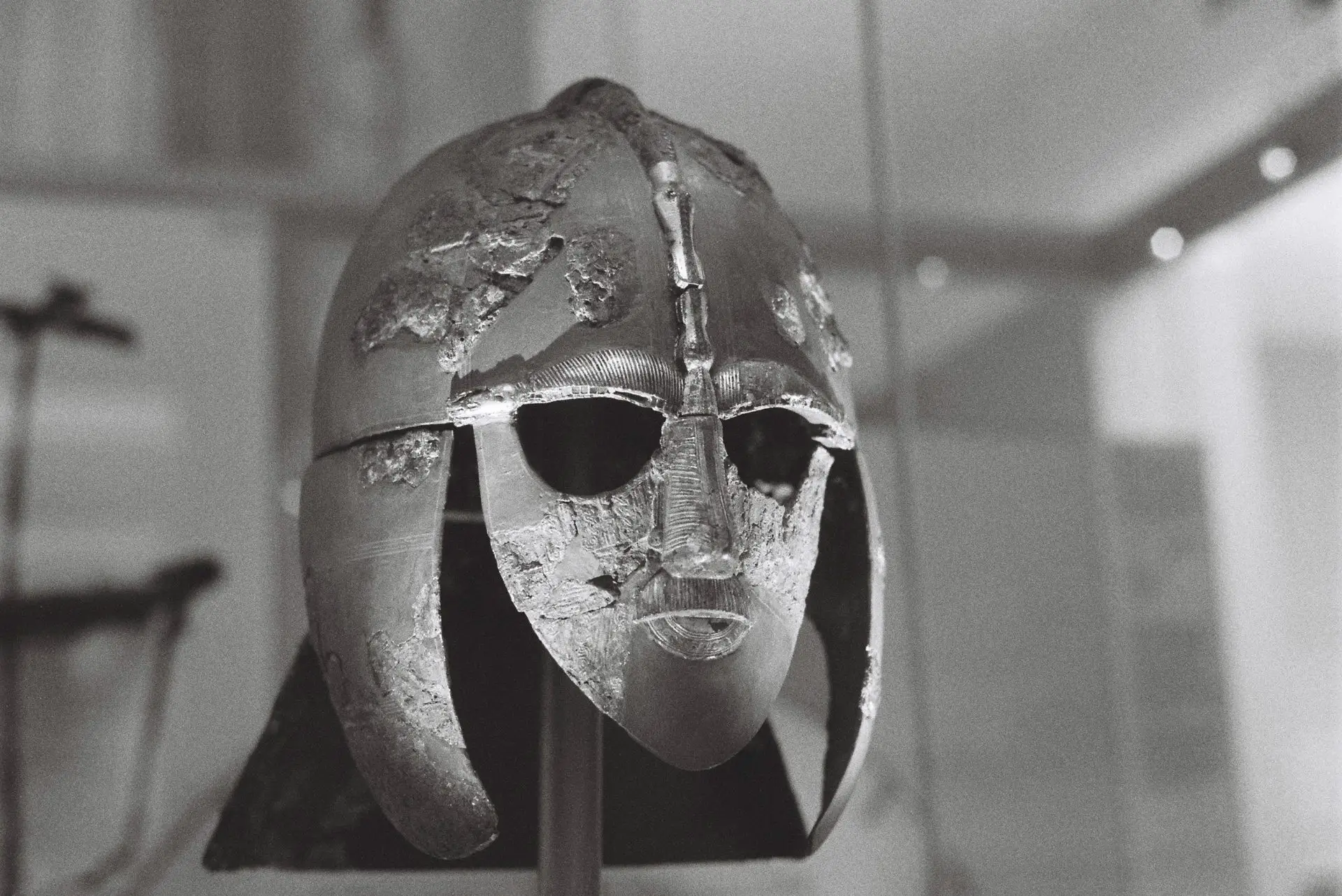
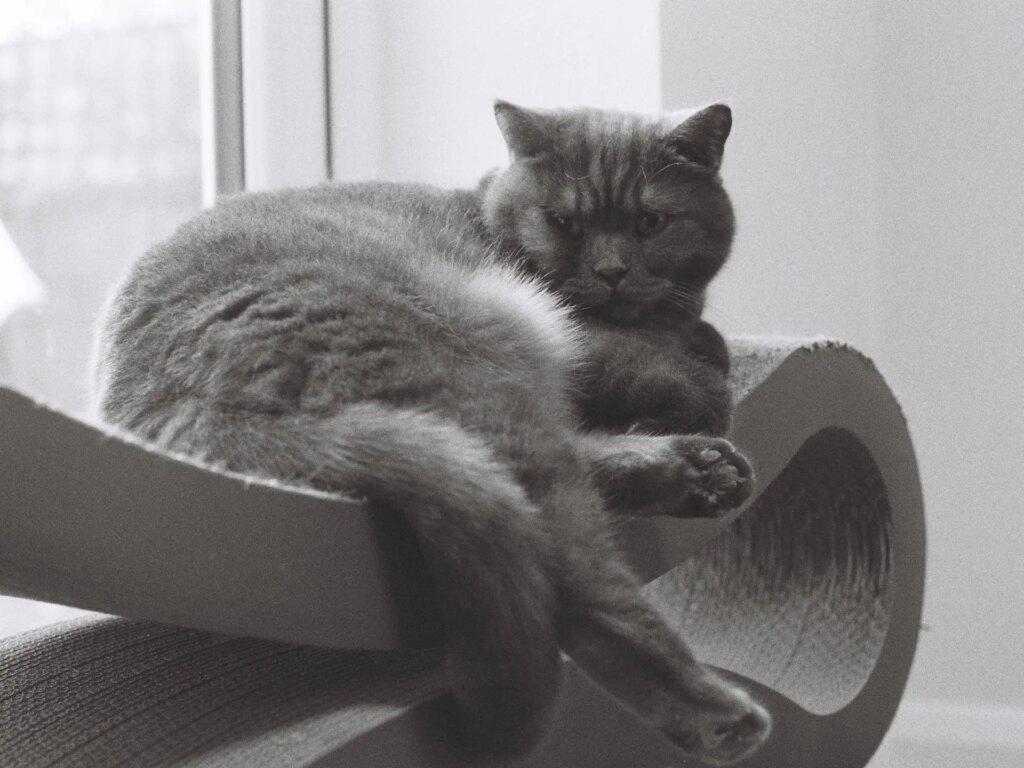
I liked the film immensely. To me, it renders images in a way that is reminiscent of charcoal or soft graphite pencil, without excessive grain, equally suitable for portraits as for architectural subjects. Setting the ISO to 1600 meant that shooting indoors felt pretty much the same as shooting outdoors, which is exactly what I was after, and the confines of using a fixed focal length lens brought with it a welcome simplicity, even though the option of zooming out would have been useful now and again. Auto-focussing with the Minolta was fuss-free and accurate. And the pushed film was able to render shadow detail beautifully, just as had been promised, as an extra final frame fittingly testifies.
Share this post:
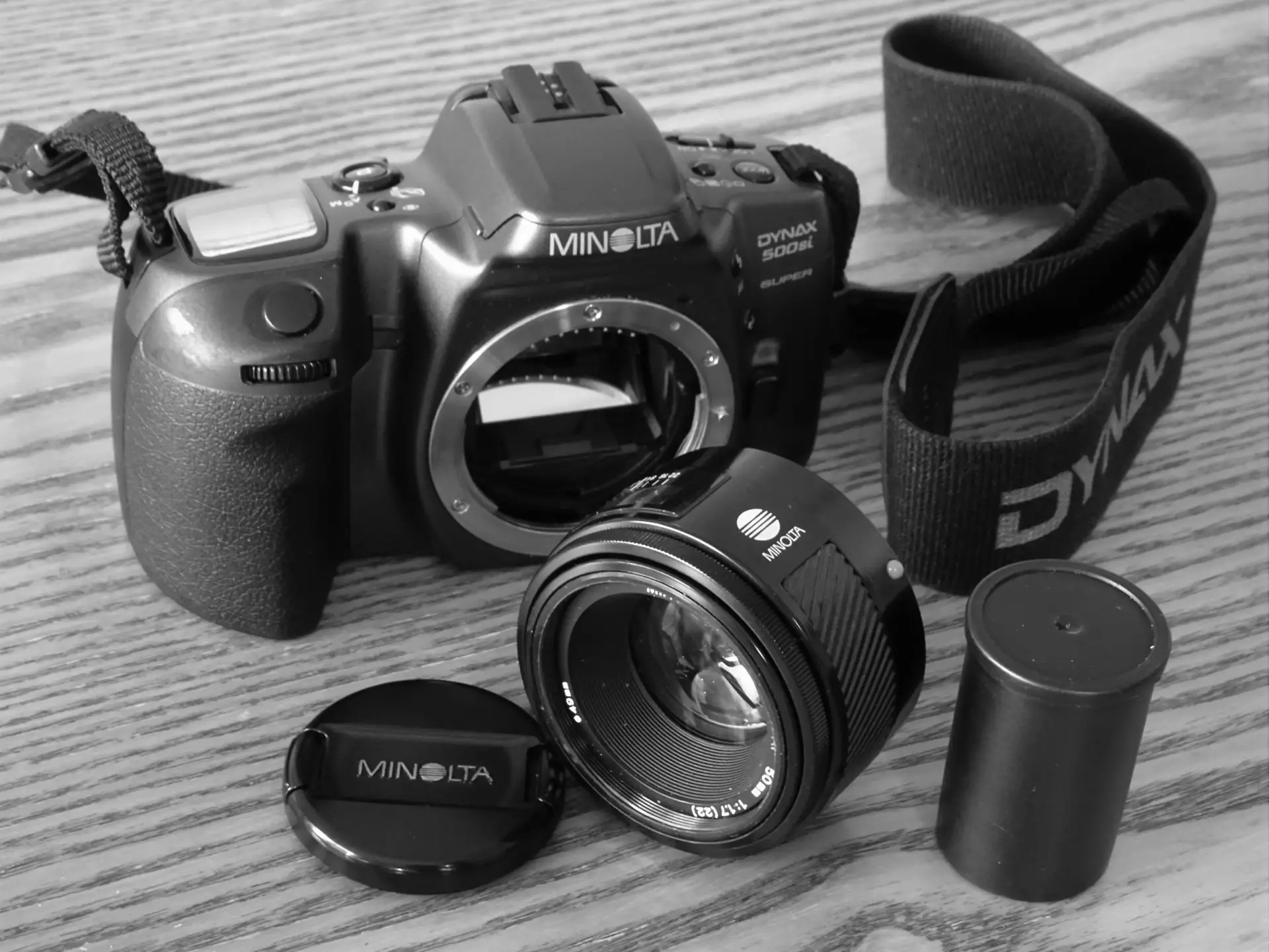
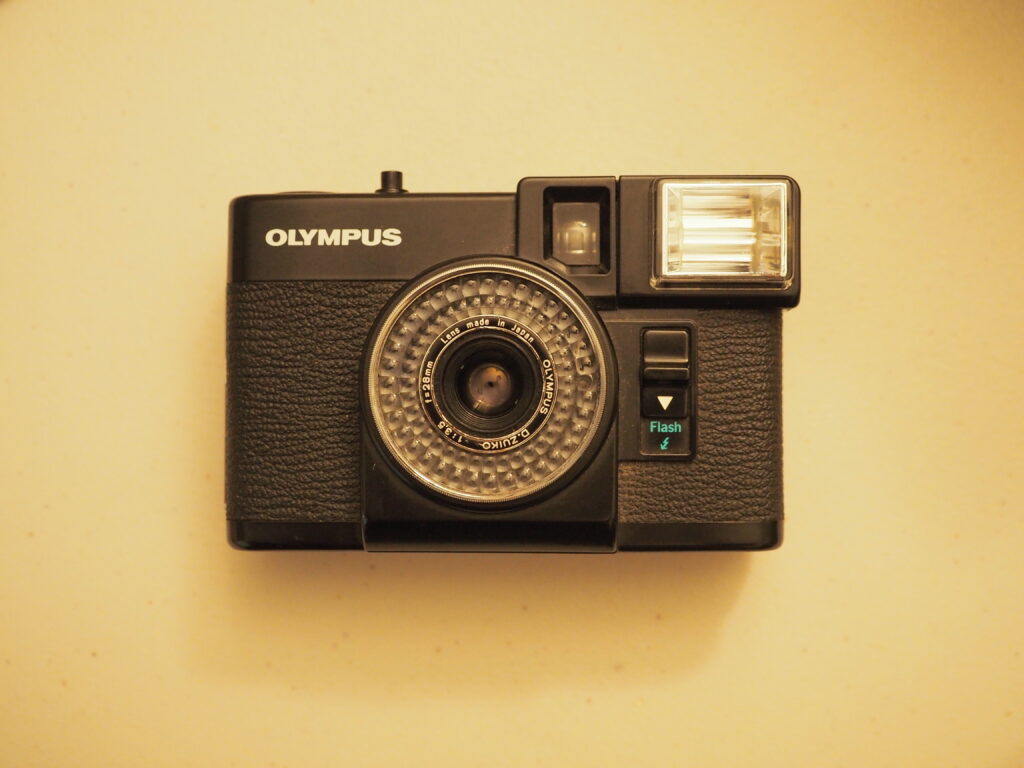

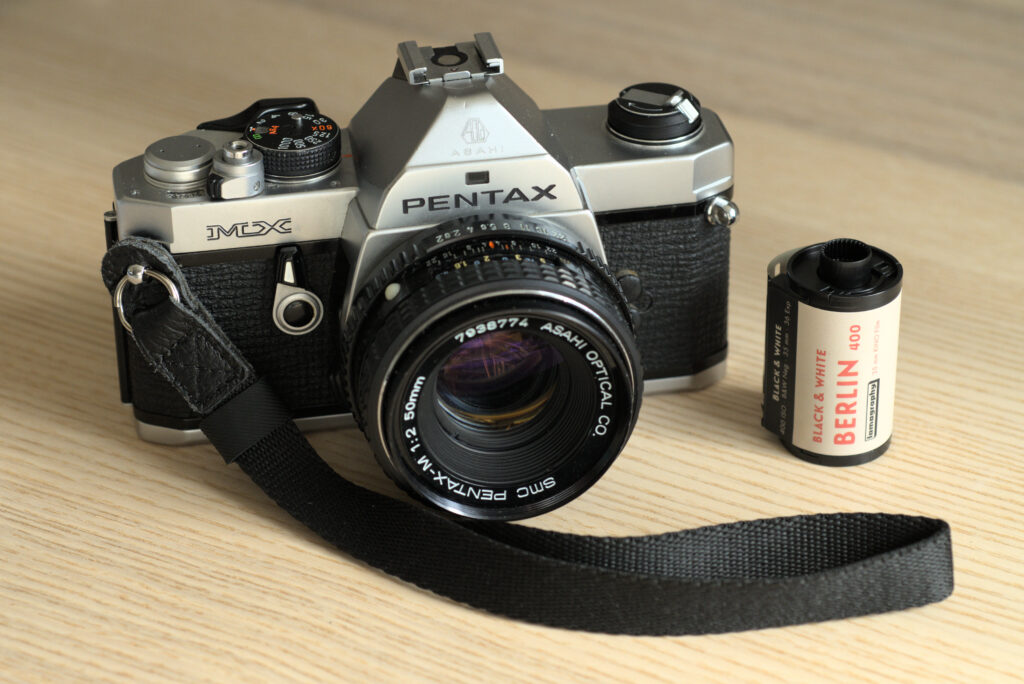
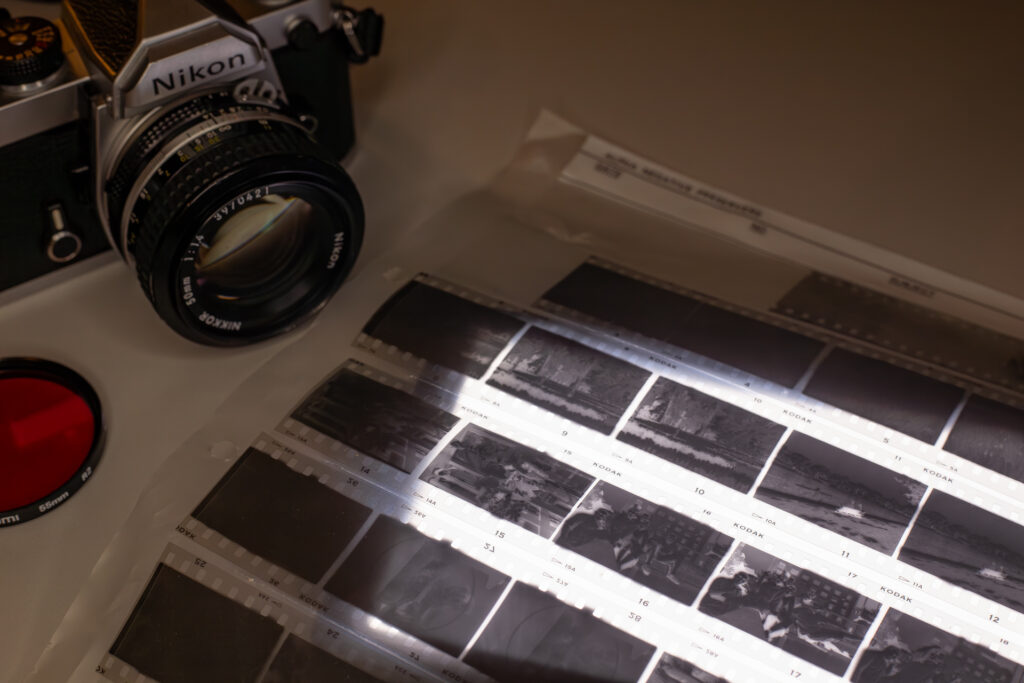




Comments
Bob Janes on 5 Frames with the Lens that Changed Everything – By Iain Paterson
Comment posted: 21/06/2022
The Minolta AF50 1.7 is indeed a very nice lens. I owned a few in the early years of digital SLRs as it was a relatively cheap way of getting a fast lens onto Konica Minolta DSLRs. Prices soon got silly until Sony releasing a version of the AF50 1.4 put a realistic ceiling on used prices. At £30 the lens is a bargain.
There were a few versions, the two main variants are the original AF lens released with the 7000 (itself based in the SR 50 1.7 as far as I can tell) and the ‘RS’ version that came out in 1990, with a rubber focus ring, more rounded aperture blades, a shorter focus throw and less use of colour in the engravings. (The one in the article is an original one with a milled metal focusing ring). There were also a number of changes in the coatings during production of the first version (Minolta were very hot on coatings), with coating tints ranging from blue to green (together with some pinks I seem to remember). The earlier version is by far the more common. In a nice little touch the lens has a built-in extending lens hood – the RS version locks in place if you rotate it.
Both Dyxum ( https://www.dyxum.com/lenses/results.asp?chbLensType=1 ) and Michael Hohner’s site ( https://www.mhohner.de/sony-minolta/lenses.php?ov=1 ) are good resources for anyone interested in Minolta AF mount lenses.
Comment posted: 21/06/2022
Aly on 5 Frames with the Lens that Changed Everything – By Iain Paterson
Comment posted: 21/06/2022
Comment posted: 21/06/2022
jason gold on 5 Frames with the Lens that Changed Everything – By Iain Paterson
Comment posted: 21/06/2022
Comment posted: 21/06/2022
simon on 5 Frames with the Lens that Changed Everything – By Iain Paterson
Comment posted: 22/06/2022
I recently got a AF 7000 with the 35-70mm f4 lens and I like it a lot. The 50mm seems like a great option. I'm mainly shooting 90-100mm lenses these days though so I'm looking at the 100mm 2.8 macro or possibly the 70-210 beercan for some more reach. I didn't expect the viewfinder and AF to be as nice as they are on the 7000. It's an underrated system for sure.
The look of the film is very much to my taste. It has a very subtle quality to it. I must try it one day.
Curious, what developer did you use? Thanks!
Comment posted: 22/06/2022
Martin JONES on 5 Frames with the Lens that Changed Everything – By Iain Paterson
Comment posted: 22/06/2022
Comment posted: 22/06/2022